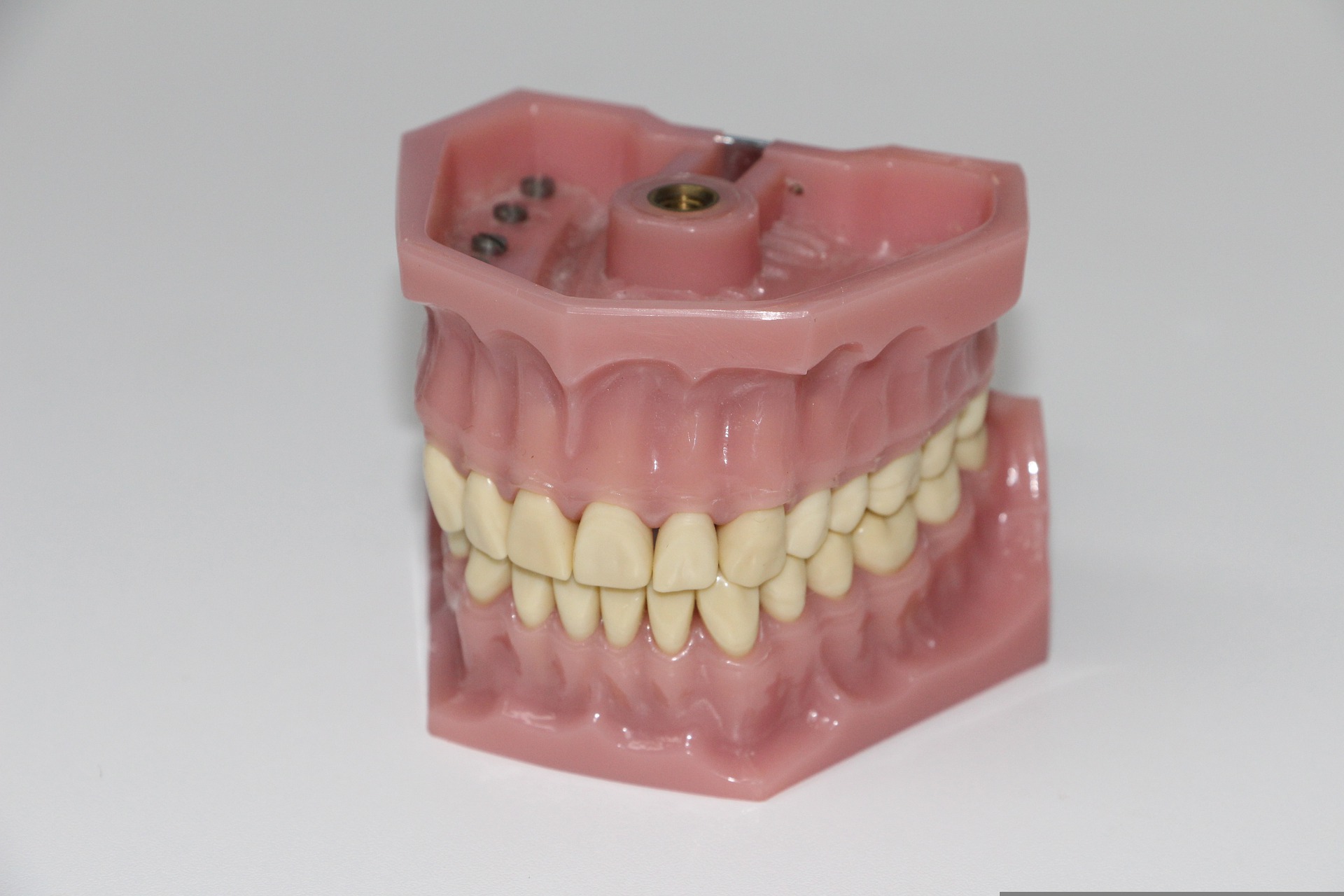We can all agree that a hyper-brilliant smile is a plus in attractiveness. At least, that’s what television commercials have been telling us for decades. But why do our teeth become discolored? And that, by the way, even if we are cautious about brushing our teeth.
In principle, white teeth are a sign of good oral hygiene. To understand this, we must get to the bottom of the matter.
The topography of the tooth
The tooth consists of three layers. First, there is the enamel. This is what surrounds our tooth like a semi-transparent, whitish protective shell. It is, by the way, the most complex tissue in the human body.
Then there’s the dentin, the layer underneath. It is also called dentine and is yellowish. And therefore also responsible for the yellowish appearance of teeth.
Finally, the pulp chamber consists of nerves and blood vessels inside. It is less attractive in terms of tooth appearance.
What we put our teeth through
Why are our teeth more or less yellow now? It all depends on what we expect our teeth to do.
Every time we eat, drink or smoke, we expose our mouths and thus our teeth to small attacks. To be more precise: we challenge our tooth enamel. And the more we attack the enamel, the more we damage it, and the thinner it becomes.
The thinner the enamel, the more the underlying dentin shines through…. And what color is the dentin? That’s right: yellow.
Brushing your teeth is so important
Brushing your teeth with the right toothpaste now has the effect of weakening the attacks on the enamel. Above all, it ensures that the bacteria that work on the enamel are present for less time.
By the way, enamel does not grow back, ever. That’s why older people tend to have more yellowish teeth.
No tooth is white
Now, no tooth in the world is genuinely white by nature. Instead, teeth are always yellowish, but to a greater or lesser extent. Once again, genetics plays a role. If you have parents whose dentin is slightly browner than the others… have just had bad luck.
The yellowing of the teeth cannot be prevented. But you can slow it down. It is essential to avoid everything that discolors the teeth. Smoking, red wine, coffee, tea, all these little pleasures of life leave their mark.
Beware of bleaching
But be careful: You should also avoid bleaching your teeth, or at least discuss it thoroughly with your dentist because bleaching can damage tooth enamel.
And last but not least, let’s close the circle with the life wisdom that accompanies us throughout our lives: Brush your teeth! And do it regularly and not too briefly.
So again: the natural whiteness of teeth is not white at all but yellowish and depends on the thickness of the enamel. The thicker the enamel, the less transparent it is, and the less dentin you see, you see less yellow. Quite simple, and no reason for complexes.
- source: gentside.de/picture: Bild von Reto Gerber auf Pixabay
This post has already been read 1491 times!



